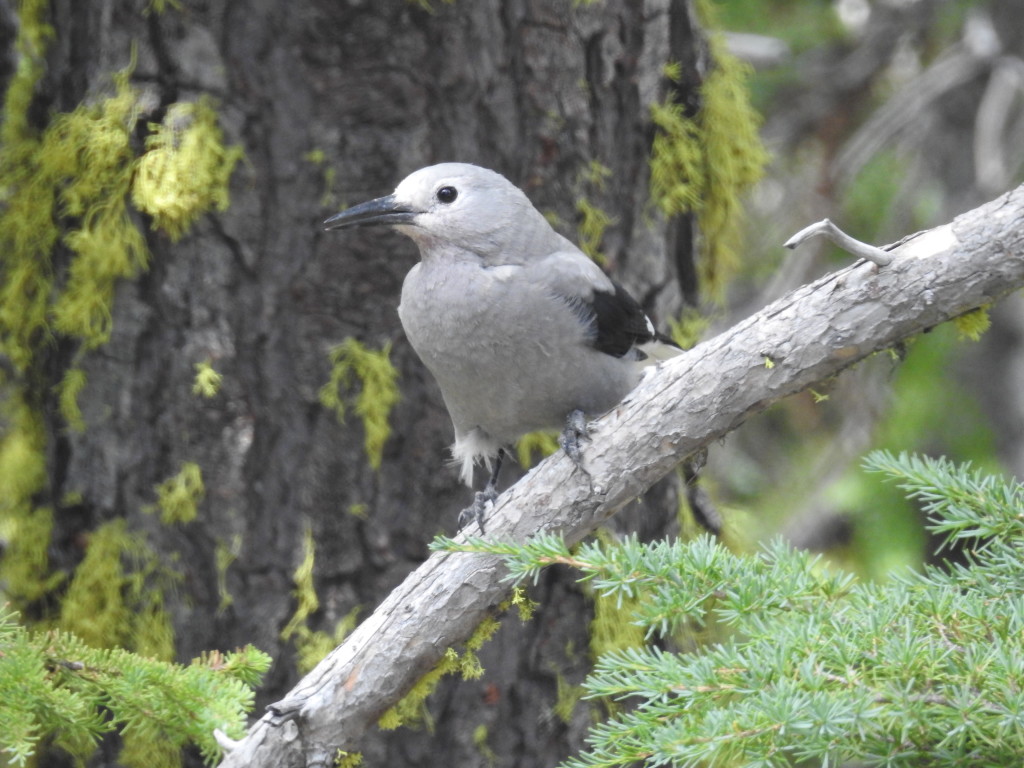This summer I went on a trip to crater lake national park. While the lake itself has no birds, the pine forests surrounding the lake are filled with birds. Like all forests, however, it is very hard to see the birds, as most forest birds are found in the tops of the trees. Luckily, I managed to glimpse a few nutcrackers foraging in the treetops. Nutcrackers in the wild eat a variety of things, including insects, small mammals, berries, nuts, and even dead animals!
Nutcrackers are found across western North America, from California and Oregon north to Alberta and as far south as Western Mexico. The nutcracker is identified by its weird call, sounding like waaaa-waaaa. Once you here a call, look for the tree that the call is coming from. Since nutcrackers hide in the denser parts of the pine forests, it can be hard to spot them. However, if you spot a grey and black bird hopping around the branches, it is a nutcracker.
In addition to the nutcracker, I spotted a bunch of other birds around the pine forests, including Grey jays, American robins, and juncos. Later, when we were driving from crater lake to our hotel, I spotted 12 species of birds. Since we were in more open habitats, I spotted different species of birds. In the vast fields that were used for cows to graze on, I spotted flocks of blackbirds feeding in the grass. A bit further on a Black-billed magpie flew across the field. Soon we had reached some pine forest, although it was less wooded than the forest near crater lake. Here I saw large swift-like birds flying through the forest. At first they seemed a bit peculiar, but I soon realized that they were Common nighthawks. While they are common, they are neither nocturnal nor are they hawks. Nighthawks are actually part of a group of crepuscular (active during evening) birds called nightjars. The nightjars are found worldwide.
The unfortunate part about the birds I saw was that I could not get a picture of any of them, as we were driving and the picture would have been very blurry had I taken a photo. However, I now have several photos of the nutcracker, one even in a tree right next to crater lake!
Above: This Clark’s nutcracker photograph was taken in the forests of Crater Lake on our trip. I had been wanting to see it, and luckily we spotted it when we parked our car on the road to eat lunch.